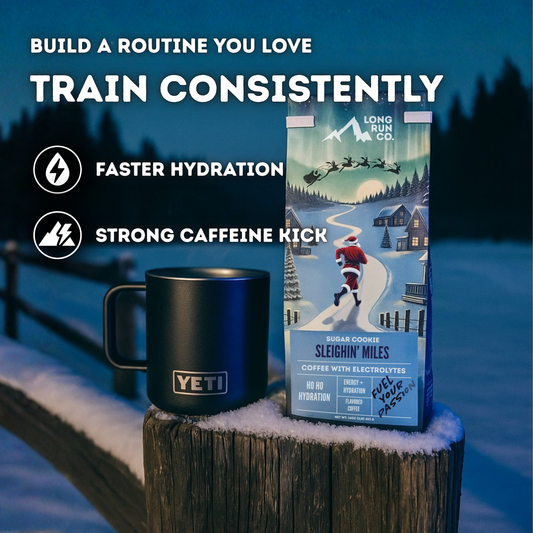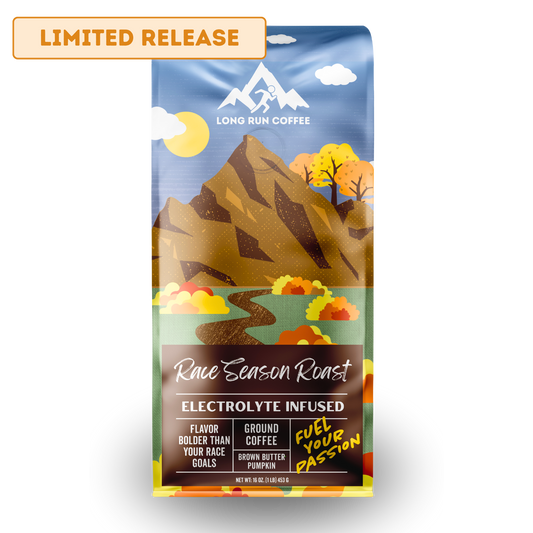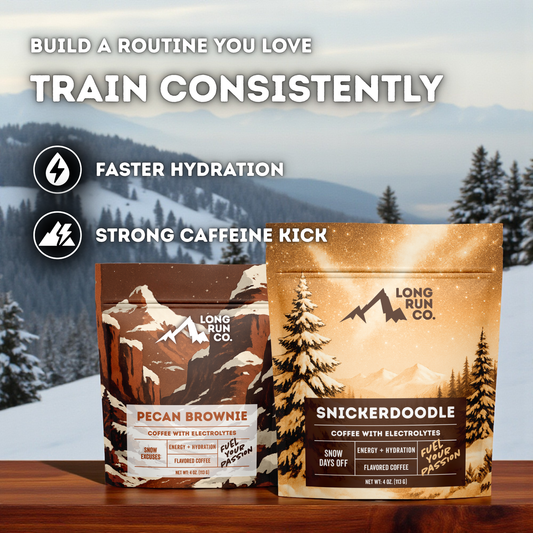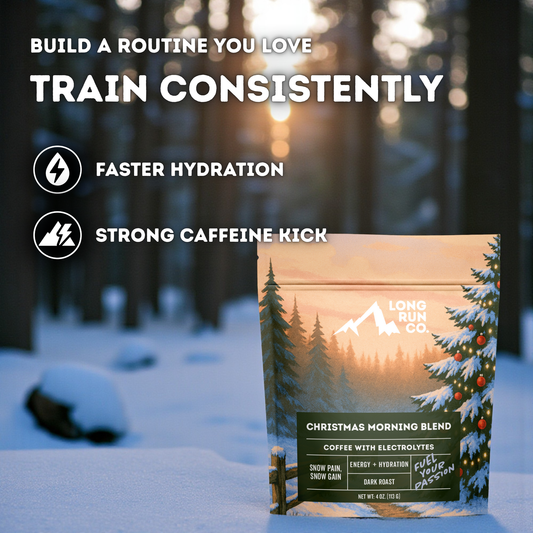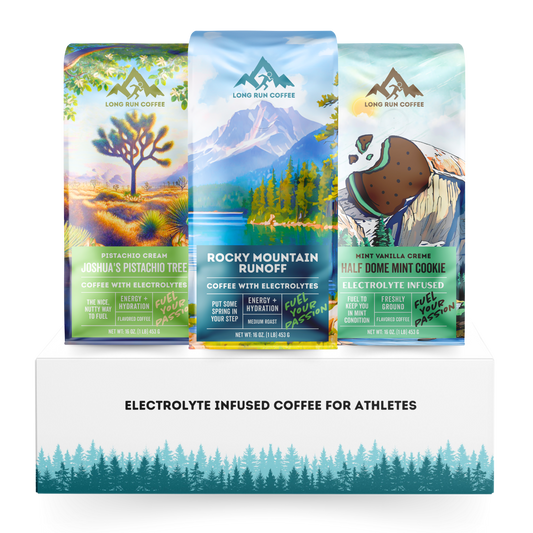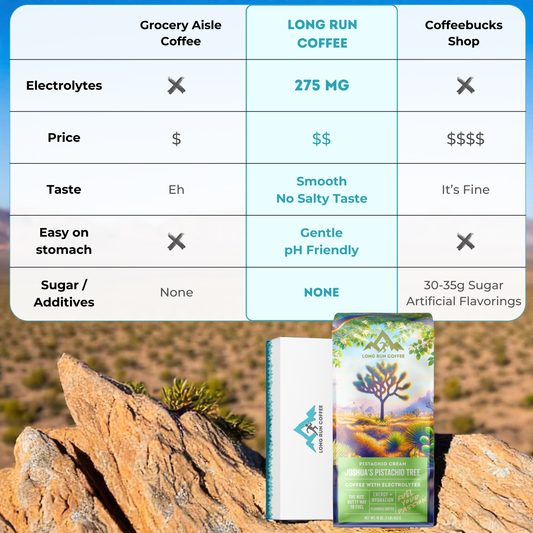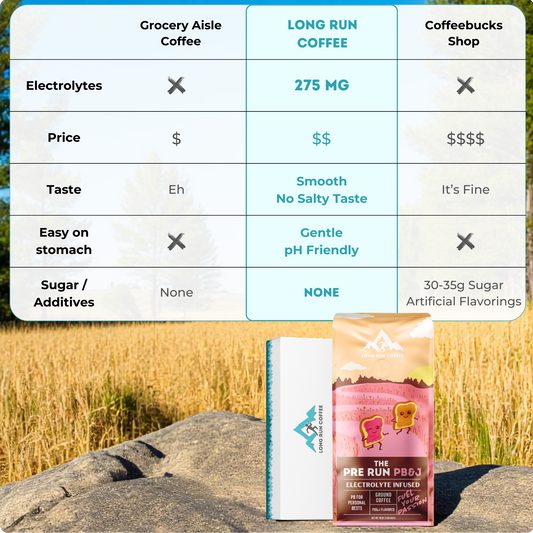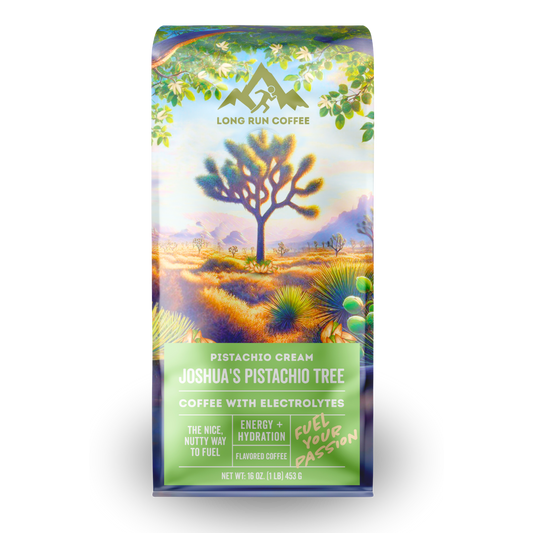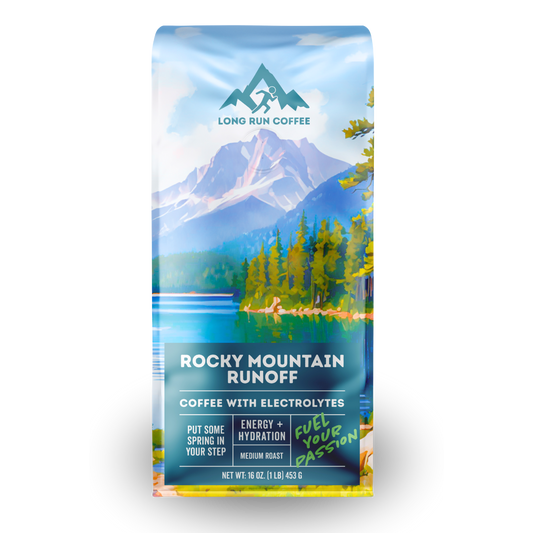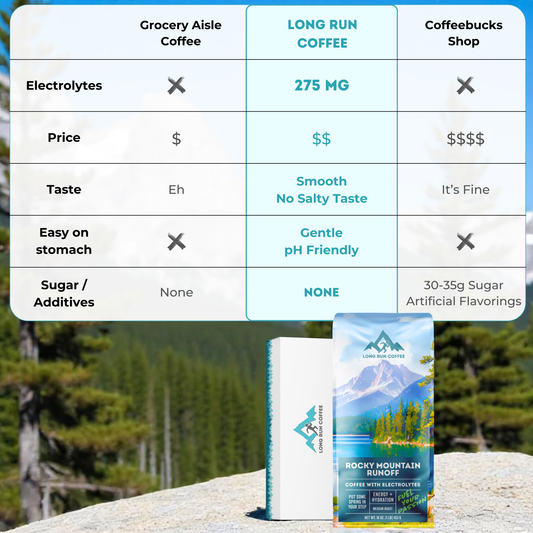
Hard Is the Point
2 Minute Read
Hard isn’t a problem. It’s the whole point.
Why Hard Matters
You've heard it before: if it were easy, everyone would do it. And, of course, that's true!
It's sort of a law of nature... anything worthwhile is hard. And for that reason, we all should learn to love hard things.
When something feels hard, and our gut tells us that pushing through will be rewarding, it's our sign that we’re in the right place.
Our body adapts to the demands we place on it. No demand, no adaptation. That’s the entire game. Hard is not a mistake in the plan. Hard is the plan.
Discomfort vs. Damage
Still, not all “hard” is equal.
Productive difficulty feels controlled: breathing rises but stays rhythmic, form is challenged but intact, fatigue accumulates yet remains manageable. When we are challenged, but in control, we're on a sustainable path.
Harmful difficulty feels chaotic: sharp pain, form falling apart, worsening sleep quality, and persistent, deep fatigue. This is not sustainable. Yes, doing hard things is the goal, but we are careful to seek discomfort, not damage.
Where Hard Shows Up (and What It Builds)
Hard isn’t just speed work and long runs. It's pushing through boredom, prioritizing recovery, getting up early, and sticking to the plan.
Hard has many forms, and not all are "flashy." But they build the same qualities as the toughest workouts: resilience, reliability, and grit. Every time we push through boredom, fatigue, or inconvenience, we reinforce the identity of someone who follows through.
Hard isn’t just about intensity. It’s about choosing consistency when it would be easier to drift.
Press the Edge, Don’t Live on It
If training always feels easy, we won't grow. If it always feels brutal, we’re burning the very capacity we’re trying to build.
The sweet spot is repeatable hard. It's daily action that push our boundaries, and allow for recovery, so we can do it again next week. We’re not chasing heroics. We’re engineering progression.
Make Hard a Habit
We can’t rely on motivation for hard sessions. We can, however, rely on routine. Same warm-up, same cues, same start time.
When difficulty is built into our routine, it stops being a question of if we’ll do it. Our brains adapt to patterns. When we repeat the same preparation and follow the same structure, the resistance fades, and the work begins automatically.
With routine, doing hard things isn't something we're afraid of. We don't even think about it.
Wrap It Up
Hard is the point.
The challenge in front of us isn’t a barrier. It’s the opportunity to become stronger, more durable, and more reliable.
Prioritize routine, and it stops being intimidating. It becomes normal. And when hard becomes normal, transformation is inevitable.
With this mindset, we build a routine we love and train consistently.






